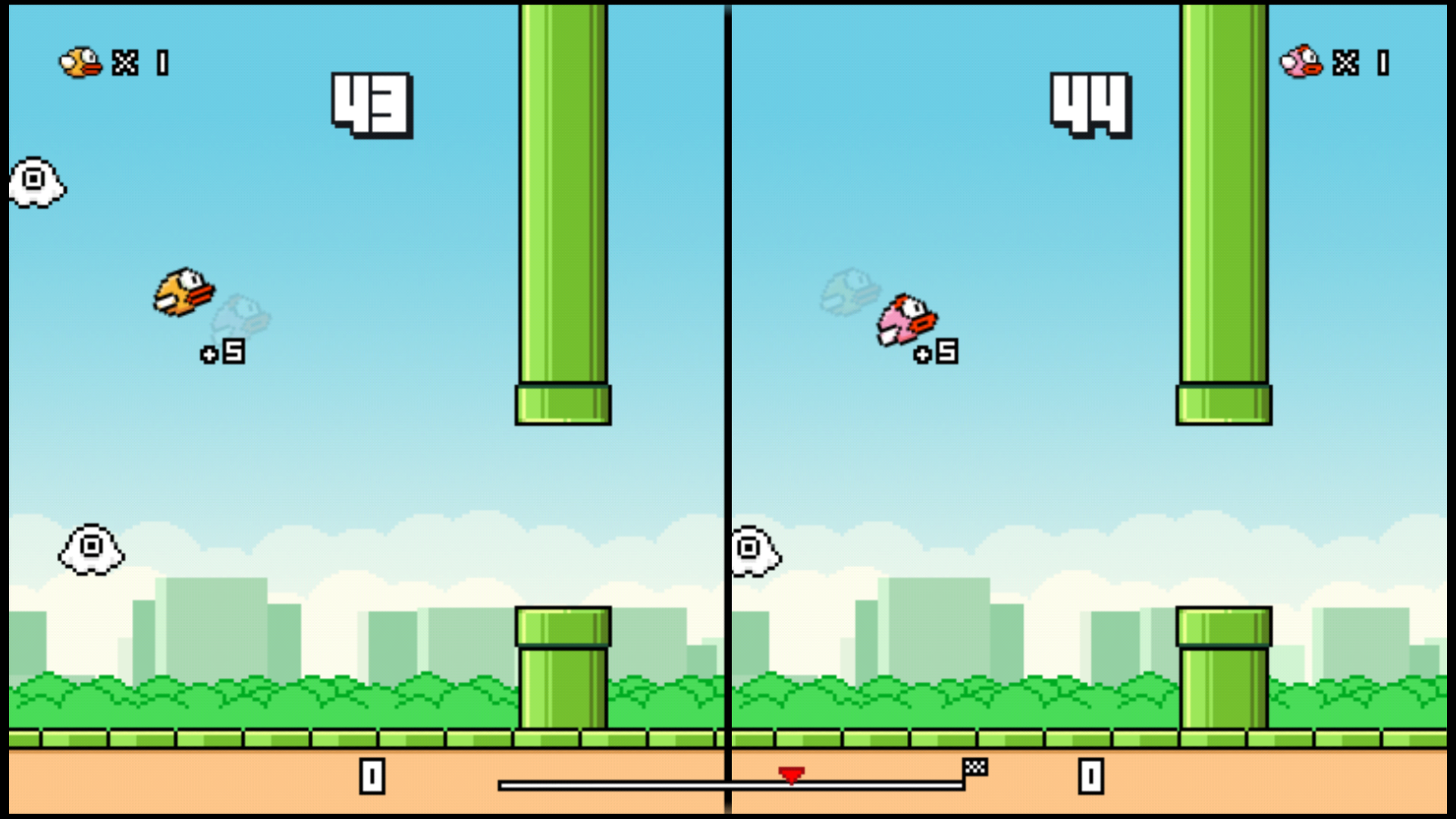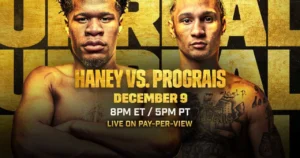Flappy bird is an episode in international meme culture that you either remember, or struggle to understand why it was a phenomenon when it was relevant. Flappy Bird is was simply a mobile phone game with a punishing yet addictive gameplay loop, and it became more than the sum of its parts (like every meme) because of the behaviour said gameplay loop invoked in regular people.
Let’s take a look at the tale of Flappy Bird.
The game
As a game, Flappy Bird has a simple design philosophy and was made over a period of just a few days by a single Vietnamese game artist and programmer; Dong Nguyen (Nguyễn Hà Đông). Nguyen even used old assets from an unfinished project, and the art style was, for some, very reminiscent of Nintendo’s Super Mario Bros.
The gameplay involves the player keeping a bird character in flight by tapping the screen which causes the bird to bounce higher as you try to navigate past horizontal pipes that cause failure if touched. The skill of the game is predicting the physics of the bird’s decent, so that you only tap the minimum amount required to clear the obstacle.
The game had no ‘endgame’ or finishing stage, it would simply count forever how many pipes you passed. The game immediately became a contest between friends as to who could get the highest score, and this enhanced the frustration people felt when they hit a pipe.
The controversy
You might think to yourself – how could silly little phone game cause any kind of controversy? Well, the addictiveness and difficulty of Flappy Bird caused many people (especially young children and teens) to act out violently, with even some cases of people destroying their handsets in frustration.
Naturally, instead of taking responsibility for their own behaviour, a large contingent of people laid blame on Don Nguyen for designing the game to be unfairly difficult and addictive. There were also rumours of a lawsuit from Nintendo, citing that the game plagiarised assets from Super Mario Bros.
While it was later confirmed by a Nintendo spokesperson and Nguyen’s lawyers that no lawsuit ever manifested, the public backlash was very much real. Despite Nguyen revealing that he made over $50,000 USD a day from in-app advertising on Flappy Bird, he later decided to pull the game from storefronts, citing that he was receiving death threats and that he felt a sense of guilt for the pain his app had caused people.
The aftermath
Following the game’s removal from digital storefronts, there was a brief period where it was speculated handsets with Flappy Bird installed before its removal from app stores would become high-value collectors items. While this sounded nice in the minds of everyone with a phone at the time, it turned out not to be a practical expectation, since anyone who really wanted the game could easily find a functional clone of it or download the game directly to their android device via an APK file sourced privately.
The game was cloned to death, with there being a peak of around 60 new games being published to the app store, which led to a crackdown on these low-quality games.
What does Flappy Bird teach us about game design and public relations?
If you remember, back in 2014 there was a quaint little smartphone game called ‘Flappy Bird’ that took the world by storm and caused a 28-day long global phenomenon. Basically, the game was simple and addictive, making it easy for people to pick up and become hooked to almost instantly.
Eventually the saga ended on a strange note with the game’s creator pulling it from the Apple and Android storefronts citing that he felt guilt for the toxicity it created in people who had angry and violent reactions to the game. The game has since become a footnote in the history of 2014 and isn’t very relevant today.
Game design
The core of Flappy Bird’s gameplay loop was that it was a ‘one more round’ type of game, where the barrier to entry was low and, once you started, there was no advantage to stopping, with the goal of the game to advance as far as possible an accumulate the highest score that you can.
Most core gamers (people who actively play video games as a hobby) would find the gameplay loop of Flappy Bird rather shallow and not rewarding for their time investment. For these people, the game would be little more than a distraction between more robust gaming sessions.
However, in the hands of children who don’t have disposable income to buy expensive gaming systems, the free and addictive game would be much harder to put down. This is probably where some of the backlash came from, since it caused frustration and addictive behaviour in younger audiences that weren’t as equipped to deal with it.
A core problem behind Flappy Bird’s game design was that it was easily replicated, and the character he used wasn’t very unique or memorable, with criticisms it borrowed heavily from the art style of Super Mario Bros.
Public relations
The 2nd and most interesting lesson from Flappy Bird is what it teaches about handling massive public interest and backlash. After the game came out, incidents of people having violent outbursts due to the frustration the game caused them began to be shared across social media and eventually mainstream media, where it was demonised as an addictive game, targeting children with its graphical style.
While these criticisms ultimately held little weight under further scrutiny, it would be safe to say they played a role in the game creator’s decision to pull it from app stores. The creator cited in their tweet announcing their intention to pull the app that they felt guilt over the anguish his game had caused.
Probably concerned with his legacy and having his name attached to such a toxic phenomenon, and without any other programmers to share responsibility with, the weight of the public backlash caused the creator to buckle. If he had had a development team around him, and a proper relationship with a publisher, the public relations aspect could have been handled a lot better, and the game would probably have never been removed.
How to design a game like Flappy Bird
Game design is one of those professional skills that is very much valued based on the portfolio of past work a practitioner is responsible for. Game design is only successful when a game is successful, and there are differing schools of thought when it comes to gauging the success of a game system.
The story of Flappy Bird – a game that became so viral and popular public backlash over its perceived unfair difficulty caused the creator to pull it from app stores – is a perfect example of a game design probably worked too well. The simple premise and addictive gameplay loop made the game easy to pick up, and very difficult to put down.
If you want to replicate the success of Flappy Bird, or just design a game like it, take heed of the following.
Choose a contextual theme
All game design starts with a concept that it developed over time and will often go through several different redesigns before nearing completion. With this in mind, you should pick a core thematic basis for your game so that everything else can derive from it. For example, while not original, a Flappy Bird clone that used a bat as the character flying through Halloween inspired obstacles would be more thematically consistent than the original game ever was.
When a game has a consistent thematic context, it is much easier to market it as well as meet expectations of users. When things are inconsistent, users assume it to be lazy and won’t want to waste their time with it.
Setting the difficulty
Of course, Flappy Bird was a notoriously difficult game by most standards, so if you want to truly replicate it your game needs to be similarly hard to master. You can always copy the algorithm of the original game, or you could come up with your own kind of difficulty system.
For example, you could always create a system whereby the player has a number of lives to expend before their score resets to 0. Or you could include items and bonuses in the gameplay loop that allow users to artificially extend their runtime, introducing a strategy all of its own to the game.
This could even be an area where you could introduce a monetisation platform within the app. For example, you might include a means of allowing players to purchase more items that allow then to extend their run for a longer period.
This type of implementation is also known as microtransactions, and they have somewhat of a mixed reputation with gamers. However, these kinds of microtransactions are normally accepted by gamers in this niche, as they are seen as a way to extend the life of an otherwise trivial experience.
Optimising the game
For this type of game, you want to make sure it runs well on most devices. You should opt for something that has a good art style, and doesn’t rely too much on CPU intensive effects






